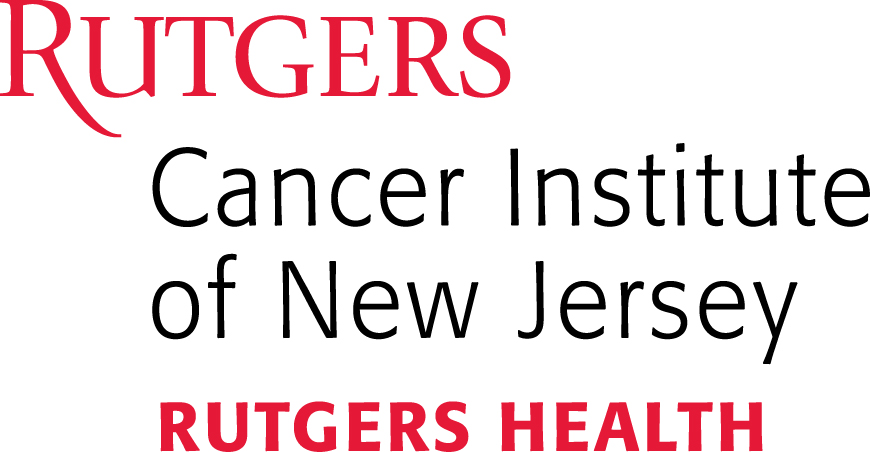Newswise — November 13, 2015 - Most people are aware of the cancer signified by pink, but do they know the ribbon color of lung malignancy, a disease that kills more women each year than breast tumors? It is a bit of a trick question. Lung cancer hides out deep in the chest virtually impossible to touch and lacking nerves to warn its victims with pain. So the lung cancer ribbon is often considered to be clear or pearl colored, hard to find, just like lung cancer. November is Lung Cancer Awareness Month, and prevention and early detection are key.
According to the Centers for Disease Control and Prevention, cigarette smoking is the number one risk factor for developing lung cancer. Even non-smokers are at risk, as those exposed to secondhand smoke increase their risk of developing the disease by 20 to 30 percent.
To prevent this disease, protect yourself and loved ones by quitting smoking. Because it can take years for the cancer risk to fall back close to normal, it is important to quit as soon as possible. In doing so, you will protect yourself from other common diseases. For instance, the risk of a heart attack will be cut in half in the first year. Not only will you set a positive example to others, you will protect them from the adverse effects of your habit particularly if they have other risky medical problems.
Quitting tobacco products is very difficult, but the good news is that most will eventually achieve success if they keep at it. By a combination of behavior therapies, nicotine replacement products and medications, smokers have a better chance of quitting each time they try. The Rutgers Cancer Institute of New Jersey provides state-of-the-art tobacco treatment resources through the Tobacco Dependence Program (732) 235-8222 (www.tobaccoprogram.org). In addition, you can speak with your doctor or check out initiatives like the Great American Smoke Out (www.cancer.org) and telephone support groups (New Jersey QUITLINE, 1-866-NJ-STOPS). A new cough, blood in sputum, or hoarseness in a smoker is very serious and should lead to immediate medical attention. Waiting to have these symptoms examined will often lead to finding tumors large and hard to cure. Fortunately, research from the National Lung Screening Trial (NLST) has shown that annual screening with CT scans in moderate smokers over age 55 yielded 20 percent fewer lung cancer deaths compared with those who received a standard chest x-ray. Depending on age, smoking and other risks, your insurance will likely cover this test so you should mention it to your doctor. Physician-scientists at Rutgers Cancer Institute of New Jersey participated in the NLST and continue to offer this expertise. For more information about the lung cancer screening program or to schedule an appointment, call 732-235-5947.
Remember, lung cancer is a hidden, “clear ribbon” disease. Preventing it by quitting is best, but if you are an active or former smoker, seek out CT screening technology that will find the cancer before it is big enough to harm you.
Todd L. Demmy, MD, FACS, FCCP is the chief of thoracic oncology and the associate chief surgical officer at Rutgers Cancer Institute of New Jersey and a professor of surgery at Rutgers Robert Wood Johnson Medical School.
